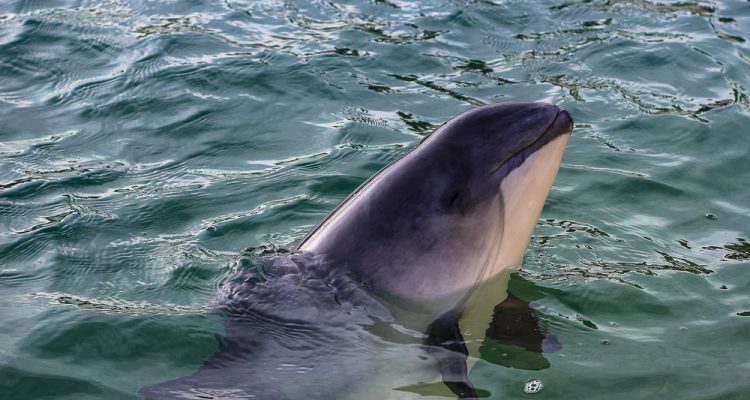The world’s critically endangered cetacean
Many people assumed that Vaquitas were mythical creatures, the fact that very few people have seen the world’s critically endangered marine mammal species. But the truth is, it has a rather small range, existing mainly in a small section of the northern Gulf of California, close to the town of San Felipe in Baja California, Mexico. The only porpoise species that can be found in such warm waters.
The Vaquita is the smallest living cetacean (whale, dolphin, or porpoise), with lengths of just 4-5 feet (1.2-1.5 m) and weights of less than 100 pounds (45 kg). In comparison, unlike most dolphins, the Vaquita has a beak that is almost unnoticeable. With a darker back and a white ventral area, the coloration is mostly gray. Its lips and eyes are covered by conspicuous black patches. Vaquitas are little individuals with black borders around their expressive eyes and rounded mouth. They have a notoriety for being reserved and enigmatic.

Among the cetaceans, Vaquitas reach sexual maturity relatively quickly and begin reproducing at age 3-6 years old. However, is quite low – with females giving birth to only one calf, every other year – and the gestation period is 11 months, longer than most land mammals, including humans. Lifespan is also low, with individuals likely living no longer than approximately 25 years.

Vaquita are often caught and drowned in gillnets used by illegal fishing operations in marine protected areas within Mexico’s Gulf of California. Most experts agree that this year would be crucial for the vaquita’s survival, as there were about 600 vaquitas in 1997 and no one knows exactly how many are now alive; by 2018 fewer than 19 were left.


